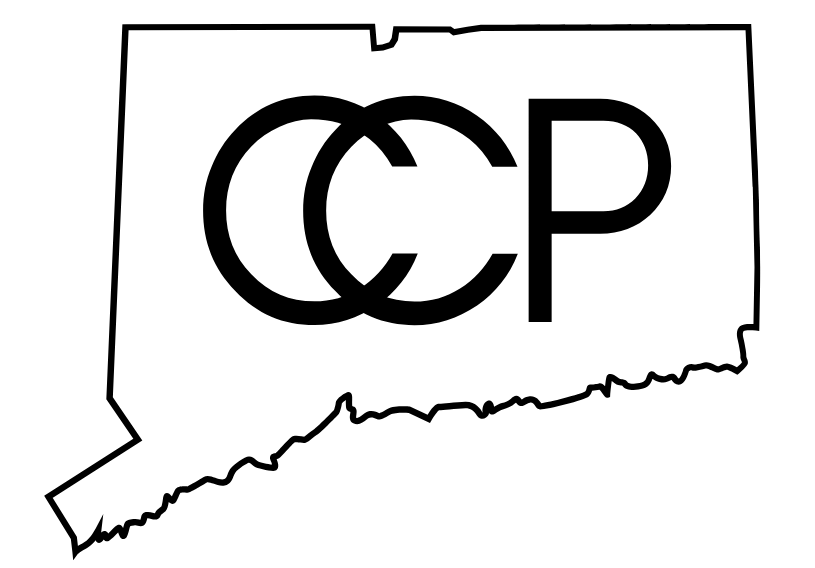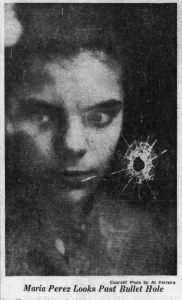
Incident: Efrain Gonzalez (sometimes spelled Efraim in the Hartford Courant), twenty six, was walking down Seyms street in Hartford’s North End around 7:30 pm on July 31st, 1970 with his brother Estevan (sometimes spelled Esteban) to visit a friend. There were uprisings in the area at that time, the fourth consecutive night of “civil unrest” in the city. Police were clearing the streets due to a 9 pm curfew that had been imposed. According to Estevan and witnesses, one police officer fired tear gas at the Gonzalezes and then another one knelt down and shot Efrain in the chest and shoulder from about 200 feet away. He was given no medical attention by police, and died in the hospital at 9:15 pm that evening. An eleven-year-old girl, Maria Perez, was shot non-fatally in the arm through a nearby window at the same time, pictured above. Her family asked nearby officers to help get her to the hospital, but they delayed so long that the Perez family found another way there.
Efrain had been shot with two double-zero buckshot pellets, most often used for hunting deer. Due to the unrest over the past few days, Chief Vaughan had issued mostly number six buckshot for Hartford police to use in their twelve-gauge shotguns, smaller and less lethal pellets than the double-zero. Plainclothes officers, however, had been issued the double-zero.
Police officials at first denied that one of their own could have shot Gonzalez due to the kind of ammunition used, but Chief Vaughan admitted on August 18th that it was in fact likely an officer who was responsible. It eventually came to light that the ammunition distribution was not as organized as Vaughan had initially promised. There was general disorganization amongst the force during the disturbances, such that the uniformed officer Estevan saw likely had double-zero in his shotgun.
Coroner’s Report: In March of the next year, Coroner Aronson ruled that a police officer did indeed shoot Gonzalez, due to the buckshot evidence, but that he was not criminally responsible. The use of tear gas and shotguns is standard, and shotguns are designed for “riot control:” “it cannot be said that one is criminally responsible for a death which may occur when these weapons are used in the manner for which they are designed,” Aronson wrote. 1 He also advised the police to stop using buckshot as mob control due to its danger to unintended targets. These issues, which were of major public concern at the time due to the unchecked police violence during civil disturbances, were addressed in Cintron v. Vaughan’s settlement agreement in 1973.
Local community representatives, such as the Greater Hartford chapter of the Connecticut Civil Liberties Union, voiced anger with the coroner’s report and encouraged peaceful protest. Reverend Charles Pickett said: “Had the victim been a prominent citizen, one suspects the report would have been quite different… Mr. Gonzalez’s crime was that he was a Puerto Rican on the wrong street in the wrong city at the wrong time.”2 A letter to the Hartford Courant from Hartford resident Fannie Wagner expressed outrage at the coroner, who had previously cleared Officer Keith Marshall after killing Dennis Jones in 1969. 3
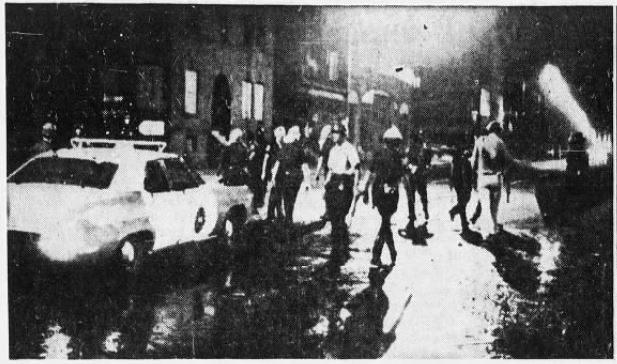
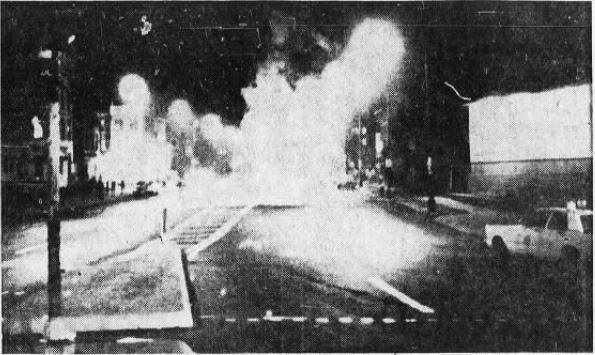
Lawsuit and Trial: In May of 1971, Gonzalez’ brother Juan filed a $5.5 million lawsuit in U.S. district court on behalf of Efrain’s estate. Defendants were listed as unnamed policeman “John Doe” as well as the city of Hartford, City Manager Elisha Freedman, Chief Vaughan, and three members of the HPD who were charged with negligence over various aspects of police operations on that day in 1970. The Gonzalez estate was represented by Attorneys Bruce Mayor and Marjorie Gelb, and the defendants were represented by Attorney Jerome Malliet, who had also represented Officer Donald Herbert in the shooting of Charles Jones during a similar night of civil unrest in 1969 (see Charles Jones; Trial). The plaintiffs alleged that John Doe shot Gonzalez without provocation or legal cause, and that the rest of the department knew his identity and conspired to keep it hidden. It appears that seven out of eight claims were dismissed, leaving the amount demanded at $750,000 when the trial began on May 7th, 1975, almost five years after Gonzalez’ death.
Thomas Ganley, now a sergeant, was named as the John Doe. He testified that he had not shot Gonzalez, since he was busy shooting someone else: a fire bomber nearby. Police representatives claimed that the area including Seyms street was in uproar at the time of the shooting, one of the “worst riots” in Hartford’s history. 4 During trial, the police’s attorney Jerome Malliet said, “I don’t walk into a known dangerous area and then say, ‘Hey, somebody violated my civil rights.’” 5 However, numerous witnesses interviewed by the Hartford Courant in the aftermath of the shooting had said the street was peaceful. No shots were heard prior, children were playing in fire hydrants and elderly people were sitting on their stoops.
Chief Vaughan testified that he had put all of his effort into the investigation into Gonzalez’s death; he ordered a detective to “leave no stone unturned,” and even remembered banging his fist on his desk out of passion. 6 However, “hatred of the police” by minority residents had prevented the investigation’s success, Vaughan said. Attorney Malliet added that the uprisings had prevented a successful investigation. Six days later, officer Jessie Campbell—himself a new defendant in the case—testified that he thought his own department’s investigation was inadequate. They should have organized lineups for eyewitnesses, interviewed every officer reported to be around Seyms street that night (including Campbell himself), and had any suspected officer take a lie detector test.
Estevan Gonzalez testified that he had seen a kneeling policeman shoot his brother, as did witness Arcadio Cintron. Cintron also told police the night of the shooting that he would be able to identify the guilty party, but was never asked to do so. Malliet argued that Cintron had made a different statement that signaled he could not have identified the shooter. It seems that Cintron’s criminal history was also mentioned at trial; he was on parole from an eight-year sentence for distribution. Efrain Gonzalez’s own record was brought up by Malliet too, multiple times (with no clear connection to the case). He had been in federal prison for a narcotics conviction and was living in a halfway house at the time of his death, due for release the next month. Malliet also made reference to the fact that the burial had been paid for by state and federal governments. Sergeant Ganley and the police won on May 20th, 1975, with an all-white jury. As she left the courtroom, Gonzalez’ mother Andrea had this to say: “It was never a question of the money. It was a question of my blood.”7
Exactly two months later, Sergeant Ganley was in the news again; he had shot a man named Peter J. Zaccagnino in 1967, who survived. Zaccagnino was now suing a lawyer who had promised to file a lawsuit against Ganley at the time but never did. The statute of limitations was now up.
Two other surviving victims of police brutality during the 1970 uprisings filed civil suits. Paul Bramlet was shot in the left shoulder on July 30th by an unknown officer and refused medical treatment. Hubert Mote was beaten by Officer Donald Pallanck after being arrested for a curfew violation on August 1st, and also refused medical treatment. There is no record of the results of either case, but it is safe to assume neither lawsuit succeeded.
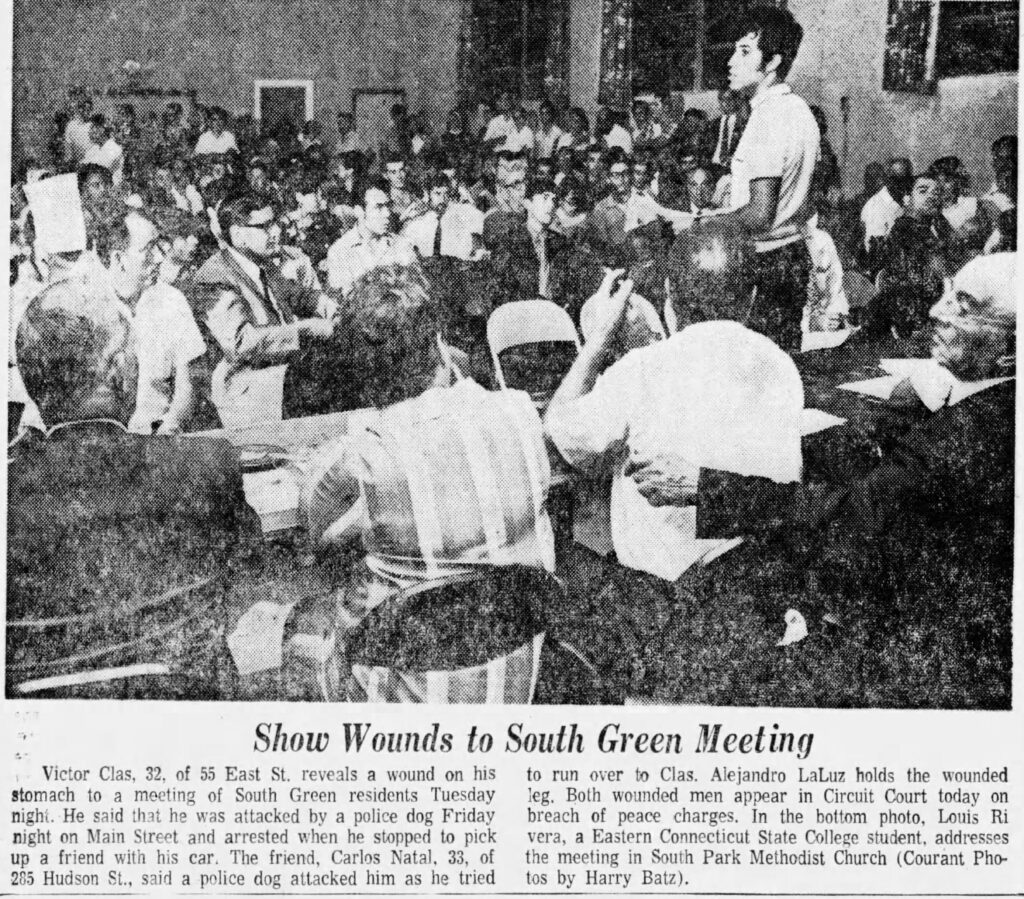
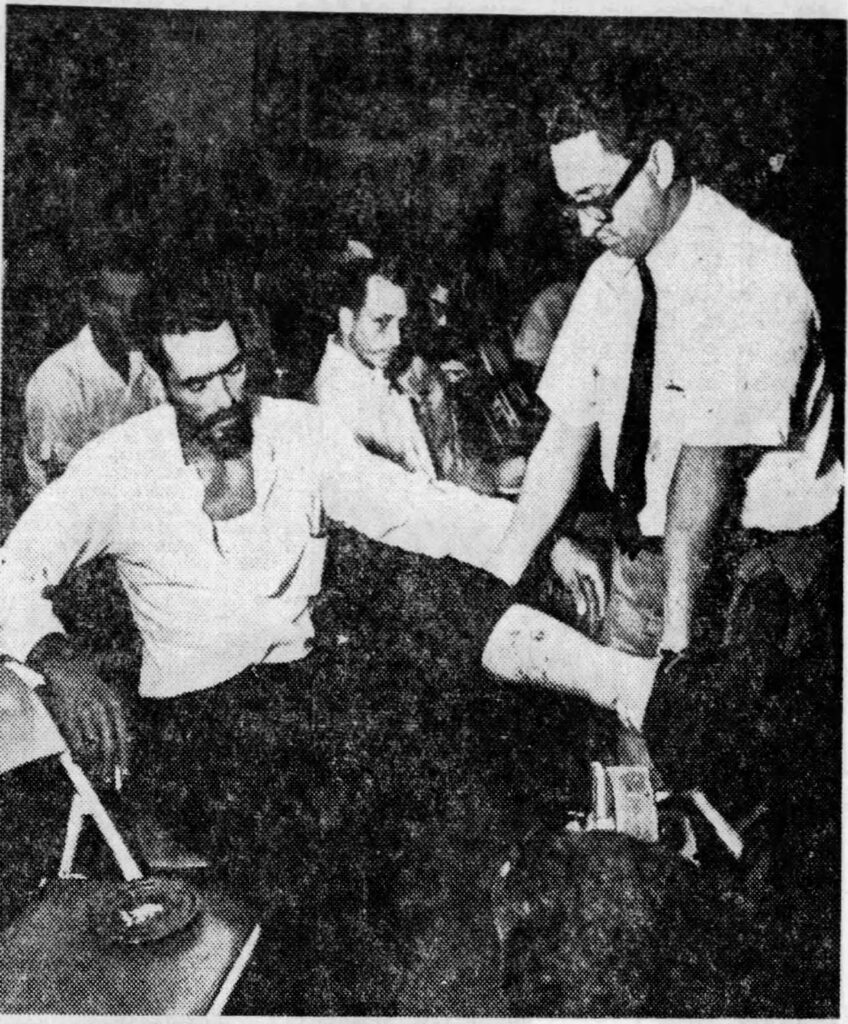
Efrain Gonzalez Newspaper Coverage (alternate spelling noted)
- August 1, 1970: NYT, “Man Is Shot to Death on Street in Riot‐Torn Hartford”
- August 1, 1970: HC “8 Persons Injured Are Identified”
- August 5, 1970: HC, “Bullet Ends Fresh Start in Life”
- August 18, 1970: HC, “Chief Says Police Gun Likely Used in Slaying”
- August 19, 1970: NYT, “Police Shift Stand in Hartford Killing”
- January 1, 1971: HC, “Violence Got New Decade off to a Bad Start”
- March 4, 1971: HC, “Police Cleared in Death, Shotgun Use Criticized”
- March 7, 1971: HC, “Gonzalez Death Report Stirs Criticism of Police”
- March 21, 1971: HC, “Test Case”
- May 7, 1971: HC, “$5.5 Million Suit Filed in Shooting”
- May 7, 1971: HC “Man Sues Policeman, Charging Mistreatment”
- August 5, 1971: HC, (Efraim) “Gunshot Victim Sues Police for $300,000”
- November 9, 1971: HC, “Dismissal Asked For 2 Suits From 1970 Disorders”
- May 31, 1971: HC, “Sergeant Named in Killing”
- February 29, 1972: HC, (Efraim) “Decision Put Off On Request To Appeal Case Prior To Trial”
- May 7, 1975: HC, (Efraim AND Efrain) “Jury Begins Hearing Suit Against Police in Slaying”
- May 8, 1975: HC, “Expert Says 3 Got Ammunition Type”
- May 9, 1975: HC, (Efraim) “Ex-Chief Testifies About Death Probe”
- May 10, 1975: HC, (Efraim) “Detective Says He Didn’t Seek Officer Spotted by Witness”
- May 15, 1975: HC (Efraim) “Probe of Slaying Called Inadequate”
- May 16, 1975: HC (Efraim) “Lawsuit Dismissal Refused by Judge”
- May 17, 1975: HC (Efraim) “Jury Undecided in Slaying Suit”
- May 20, 1975: HC “Policeman Cleared in Suit For 1970 North End Slaying”
- June 20, 1975: HC “Man Sues Lawyer in Shooting Case”
Notes
1. Gerald Demeusy, “Police Cleared in Death, Shotgun Use Criticized,” Hartford Courant, March 4, 1971, ProQuest.
2. Edward Wendover, “Gonzalez Death Report Stirs Criticism of Police,” Hartford Courant, Mar. 7, 1971, ProQuest.
3. Fannie Wagner, “Test Case,” Hartford Courant, March 21, 1971, ProQuest.
4. Thomas Williams, “Policeman Cleared in Suit For 1970 North End Slaying,” Hartford Courant, May 20, 1975, ProQuest.
5. Thomas Williams, “Jury Undecided in Slaying Suit,” Hartford Courant, May 17, 1971, ProQuest.
6. Thomas Williams, “Ex-Chief Testifies About Death Probe,” Hartford Courant, May 9, 1975, ProQuest.
7. Williams, “Policeman Cleared in Suit For 1970 North End Slaying.”
